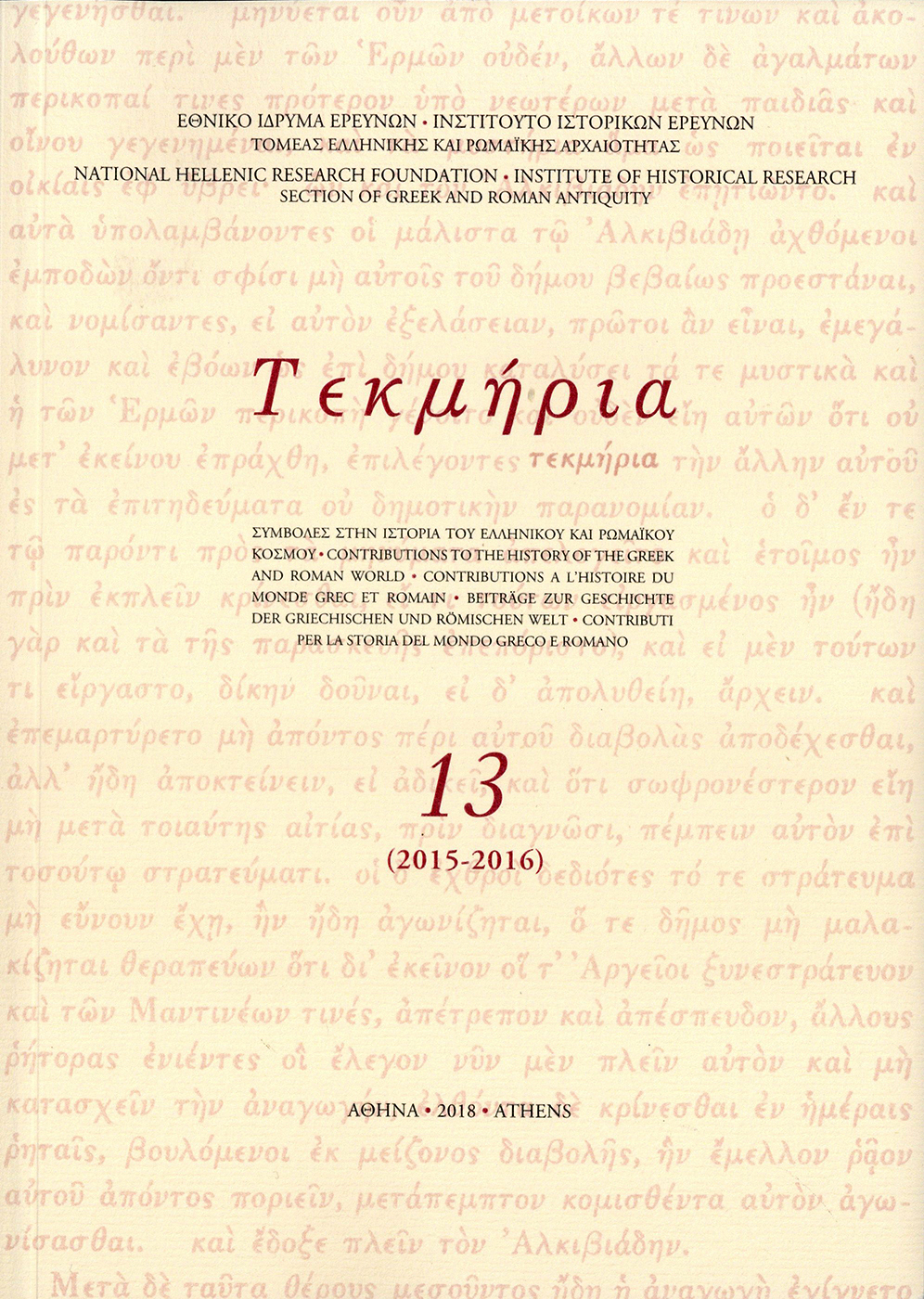Σύντροφος : Un terme technique Macédonien
Abstract
Article Details
- How to Cite
-
Χατζόπουλος Μ. (2017). Σύντροφος : Un terme technique Macédonien. Tekmeria, 13, 57–70. https://doi.org/10.12681/tekmeria.10758
- Issue
- Vol. 13: (2015-2016)
- Section
- Articles

This work is licensed under a Creative Commons Attribution-NonCommercial-ShareAlike 4.0 International License.
Copyright
The copyright for articles in this journal is retained by the author(s), with first publication rights granted to the journal. Authors who submit articles to this journal confirm that third-party intellectual property rights are not violated in any way. By virtue of their appearance in this open access journal, articles can be used freely, with proper attribution, for educational and other non-commercial purposes. The National Hellenic Research Foundation retains the right to publish papers that appear in ΤΕΚΜΗΡΙΑ in any form, including electronic, the journal may assume in the future. It also retains the right to deposit articles published in ΤΕΚΜΗΡΙΑ in its institutional repository.
Sample attribution: Author, article title, first published in ΤΕΚΜΗΡΙΑ, Vol. No., Year, Pages.



